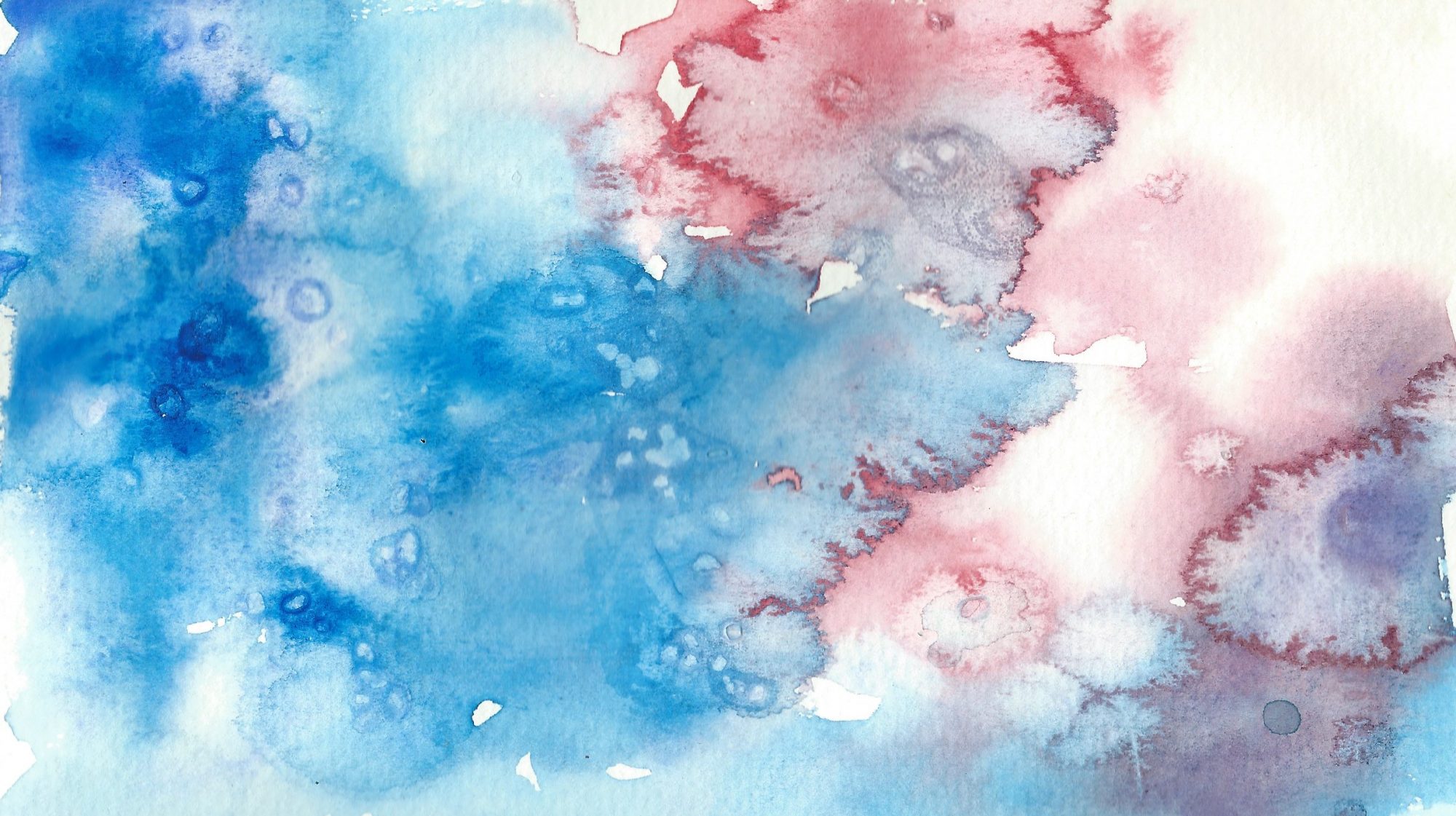
This (tiny) portrait by Hans Holbein the younger, of a ‘young English woman’, caught my eye. It is so perfectly drawn, the shadows and highlights of the fabric suggesting it being wool, like you can almost feel it. The young woman seems to be walking tentatively, holding up her skirts, to avoid the mud? Was it common practice to walk like this? The front of her skirt is already being held up by some kind of suspender.
It’s unusual to see women’s shoes and ankles in renaissance art, but I think the red underskirt is quite an intimate detail too. The skirts could be wool, the black bits to me look velvety. She’s wearing an impressive headdress, made of a transparent, light fabric. Around her waist there’s a sash with tassels, a rosary tied to it.
The white strip of fabric on her shoulder apparently caused some debate amongst modern day historians and costume experts, whether it is the lining of separately attached sleeves, a harness for suspending skirts or something completely useless.
Holbein must have drawn this sketch during one of his two English periods. He stayed in England from 1526 to 1528 and from 1532 to 1540 and may have used this sketch for a portrait of the family of Sir Thomas More, who helped Holbein find work.
Ashmolean Museum, Oxford. Pen and black ink and watercolour on paper, 160 x 92 mm.
